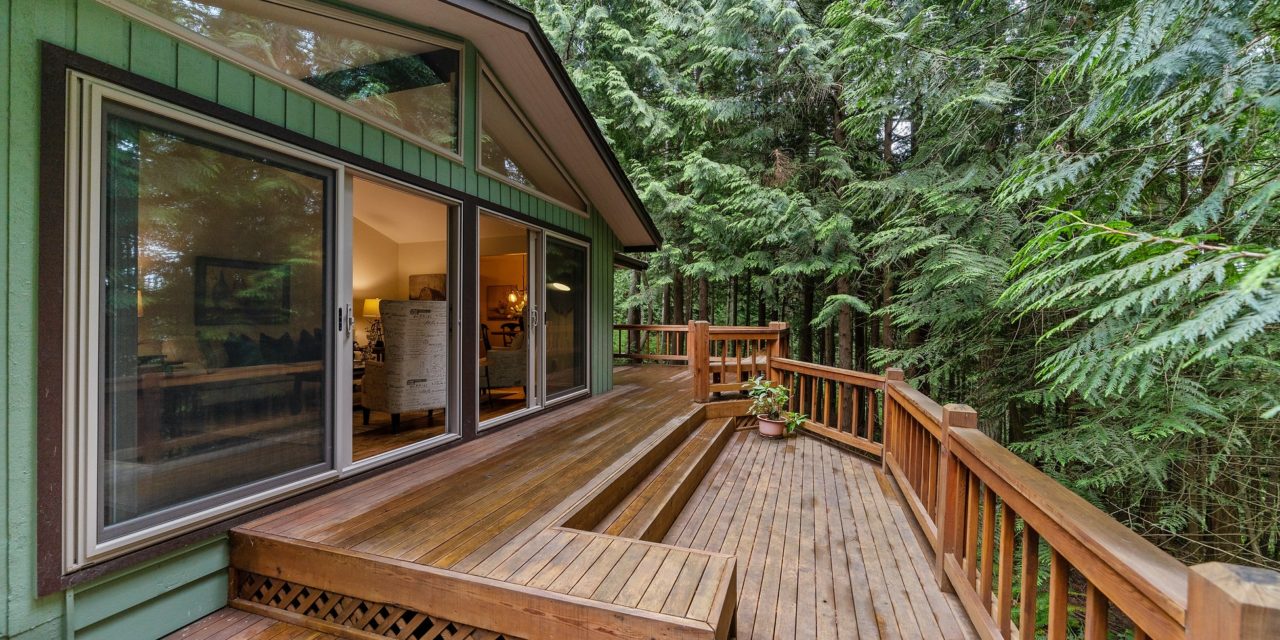[ad_1]
One of our country's favorite past times is Gardening. From mowing lawns to mulching, planting seeds and shrubs, pulling weeds, to landscaping, your body may be paying the ultimate price. Almost all muscle groups are affected in one way or another; twisting the lower back, shoulders, and wrists, bending the hips and neck, leg strains, pulling and pushing lawn equipment and plantings. Muscle soreness, sprains, sciatica, numbness in the hands and legs, and stiffness can be avoided. There are several proactive methods of treatment and activity that can prevent many garden induced injuries including stretching, good spinal alignment, and proper techniques of lifting habits that we will discuss here.
According the Canada NewsWire, a study was conducted in May of 2003 by 500 Chiropractors in Ontario, Canada, and it was found that a whopping 88% of these doctors report that Yard work and gardening are the most common sources of back and neck pain during the warmer months. Golf ranked second, at 31 percent, followed by outdoor sports injuries at 30%. According to Dr. Dennis Mizel, President of the Ontario Chiropractic Association, he noted that “In Canada, gardening is an estimated $3.5 billion business and all that digging, lifting, raking, pruning, planting, weeding and watering can cause significant strain to the muscles and back.” Dr. Mizel continued, “The good news is that it's preventable. Gardening can be a serious workout. That's why we're encouraging people to treat it like any other kind of exercise. Warming-up before digging in, and using the proper techniques and tools can go a long way to letting people enjoy the results of their labor pain-free.”
When performing any lifting task, always make sure that your navel is facing the objects that you are lifting. Never twist the spine when lifting any object. Research shows that standing alone in a straight up neutral posture puts 75 times the amount of pressure on a spinal disc versus lying down. Bending forward and twisting in a standing position and lifting an object can put up to 220 times the amount of pressure on a lower back disc. These excess forces over time can cause a spinal disc to herniate or rupture, leading to symptoms such as back pain, sciatica, muscle spasms, leg and foot pain, and numbness. If a lower back disc should herniate or protrude, it can put pressure on a nerve that can affect the back and legs. Proper spinal structure, corrective chiropractic, and other therapeutic protocols is necessary to insure healthy discs and a much more active lifestyle.
Here some helpful tips before you begin to garden:
o Stretch before you begin: Lightly stretch your hamstrings, thighs, calves, groin, and gluteus (buttock) muscles. Stretch shoulders and wrists as well. This will lower your risk of injury.
o Squat: When lifting, contract your abs, keep your back straight, and bend at your knees. Keep anything that you are lifting as close as you can to your gut and stand tall. Avoid leaning forward or twisting the spine while carrying any load.
o Contracting the lower abdominal muscles is essential to protecting the lower back while being active. Simply suck in the muscles between your belly button and bladder while performing rigorous activities.
o Hydrate yourself and use sunscreen at all times.
o Constantly stretch and take frequent breaks when necessary
o Alternate between activities. Spend 20 minutes doing three different tasks, and then repeat if necessary.
When finishing gardening for the day, stretch afterwards and hydrate yourself. Many avid gardeners are dehydrated regardless of temperature. Drinking water or an alternate beverage with minerals will do the trick. If at any time you experience pain, numbness, weakness, dizziness, or shortness of breath, consult with a doctor. If you are going to spend all of this time caring for your garden, a few minutes caring for YOU will certainly be worthwhile. Following these helpful guidelines will certainly contribute to a healthier body.
[ad_2]
Source by Dr. Chad Laurence


